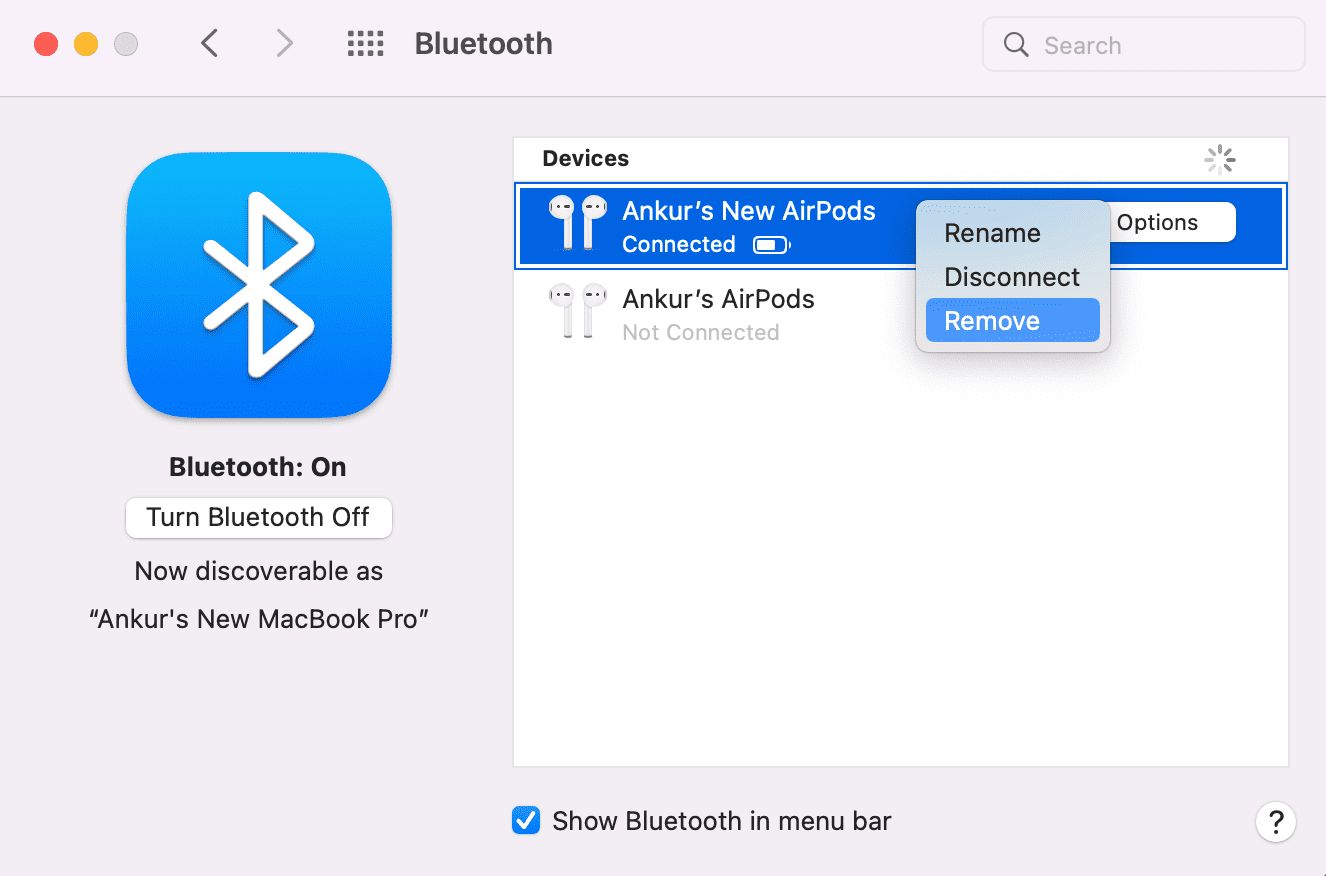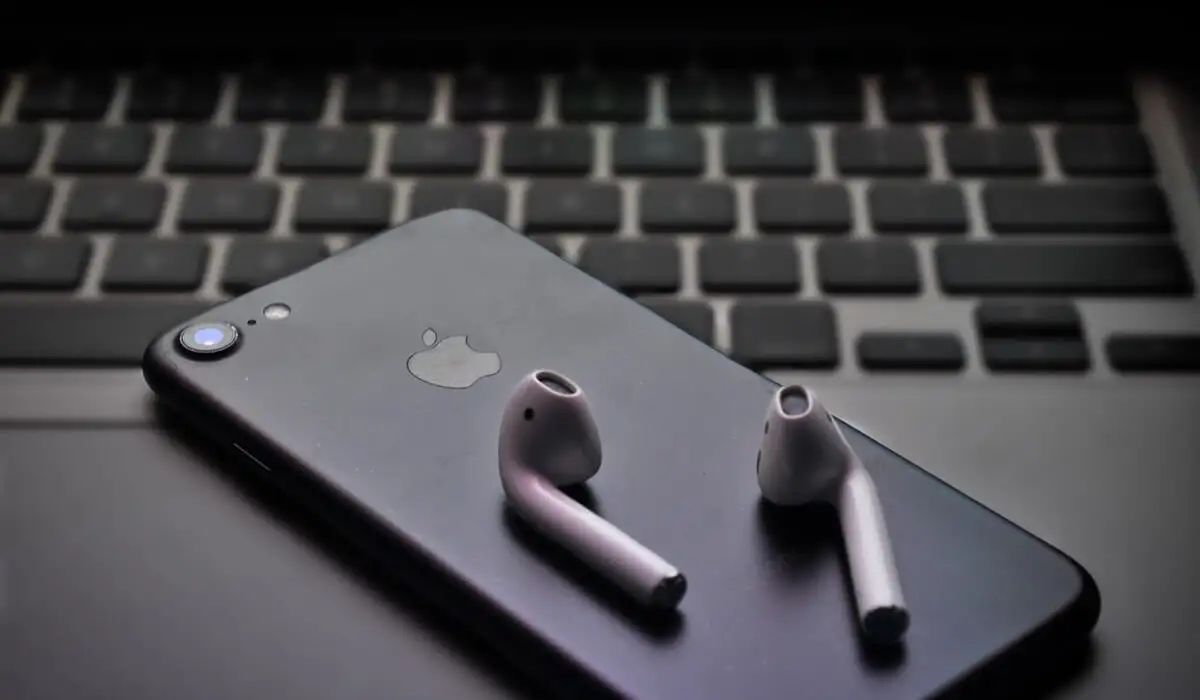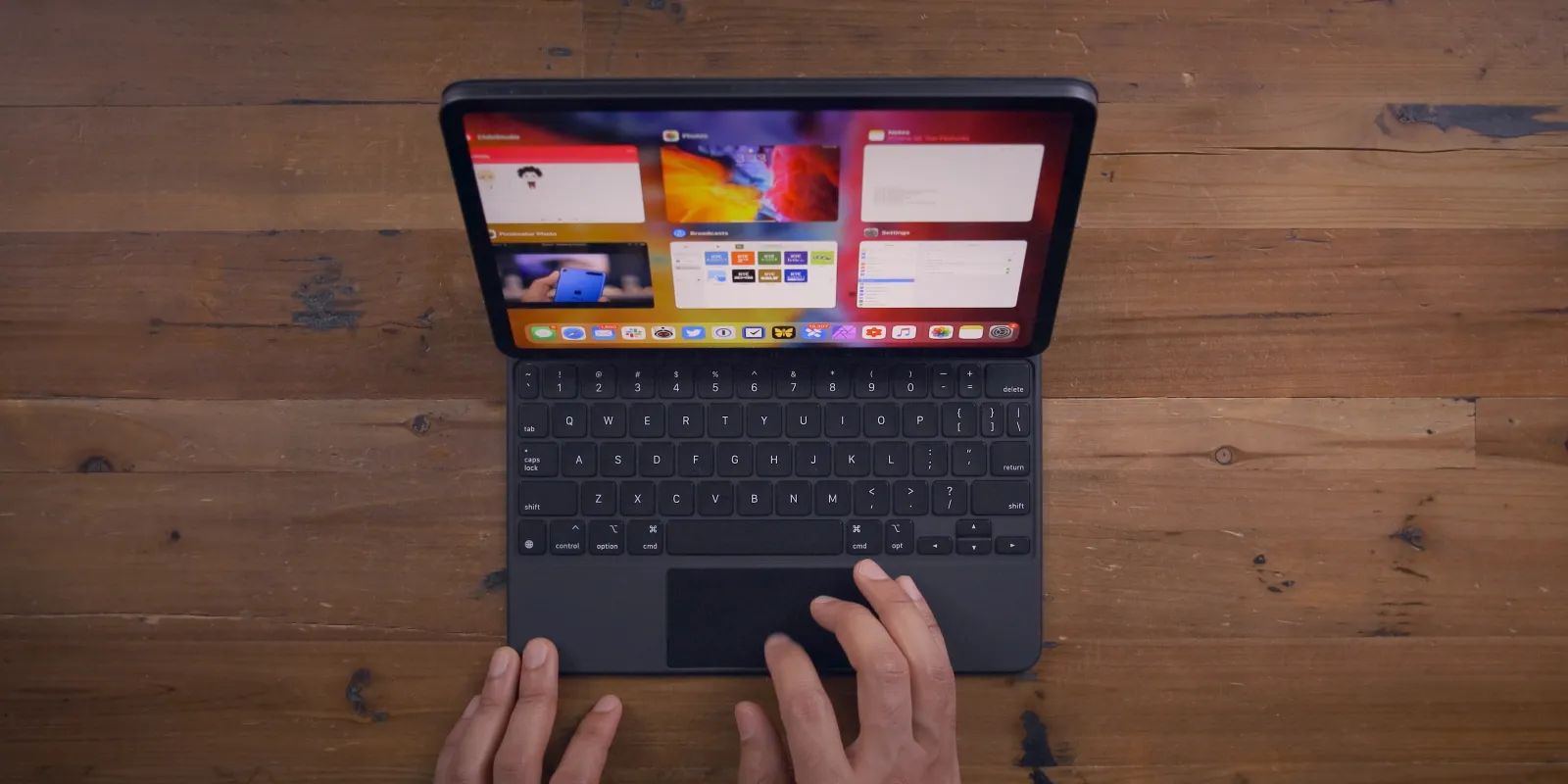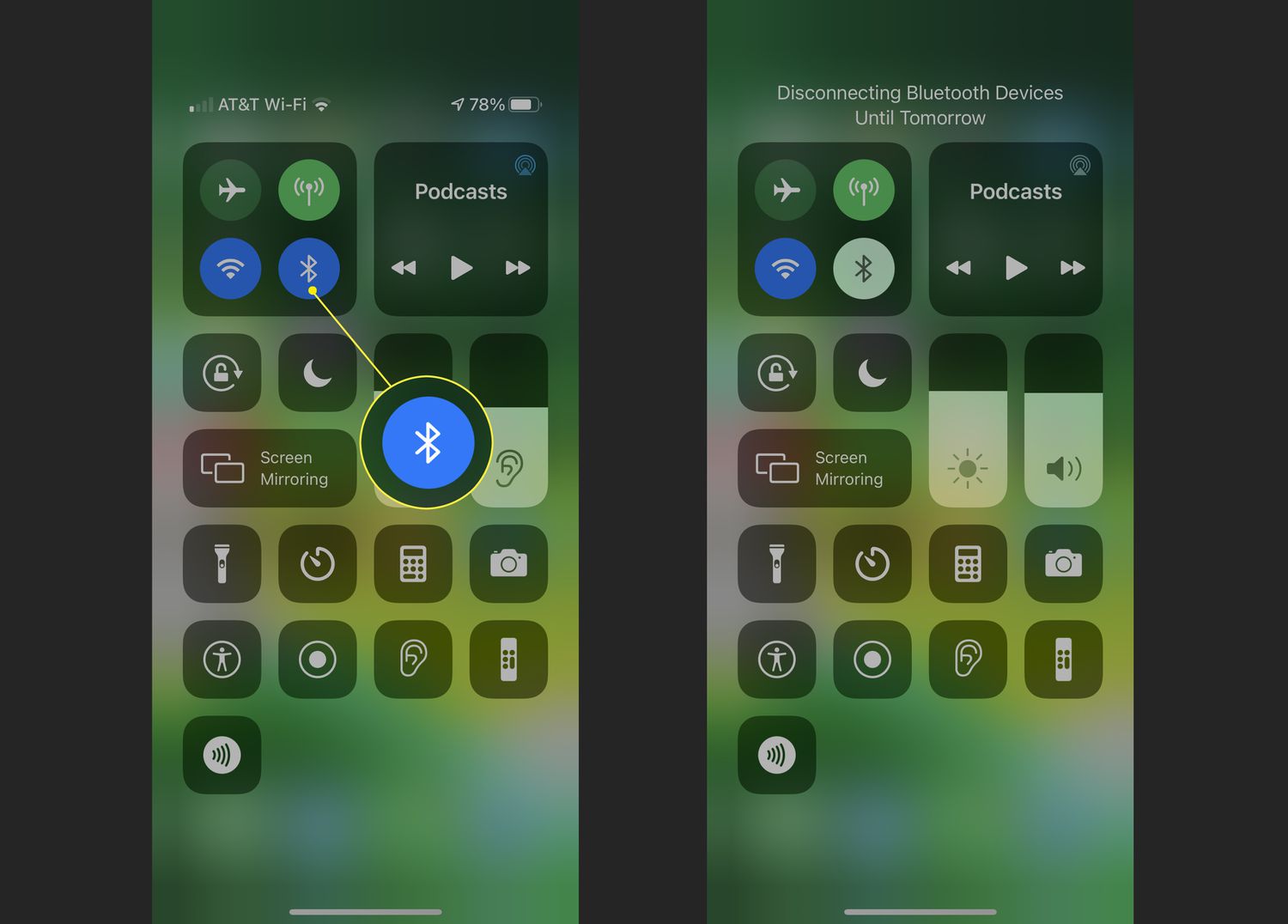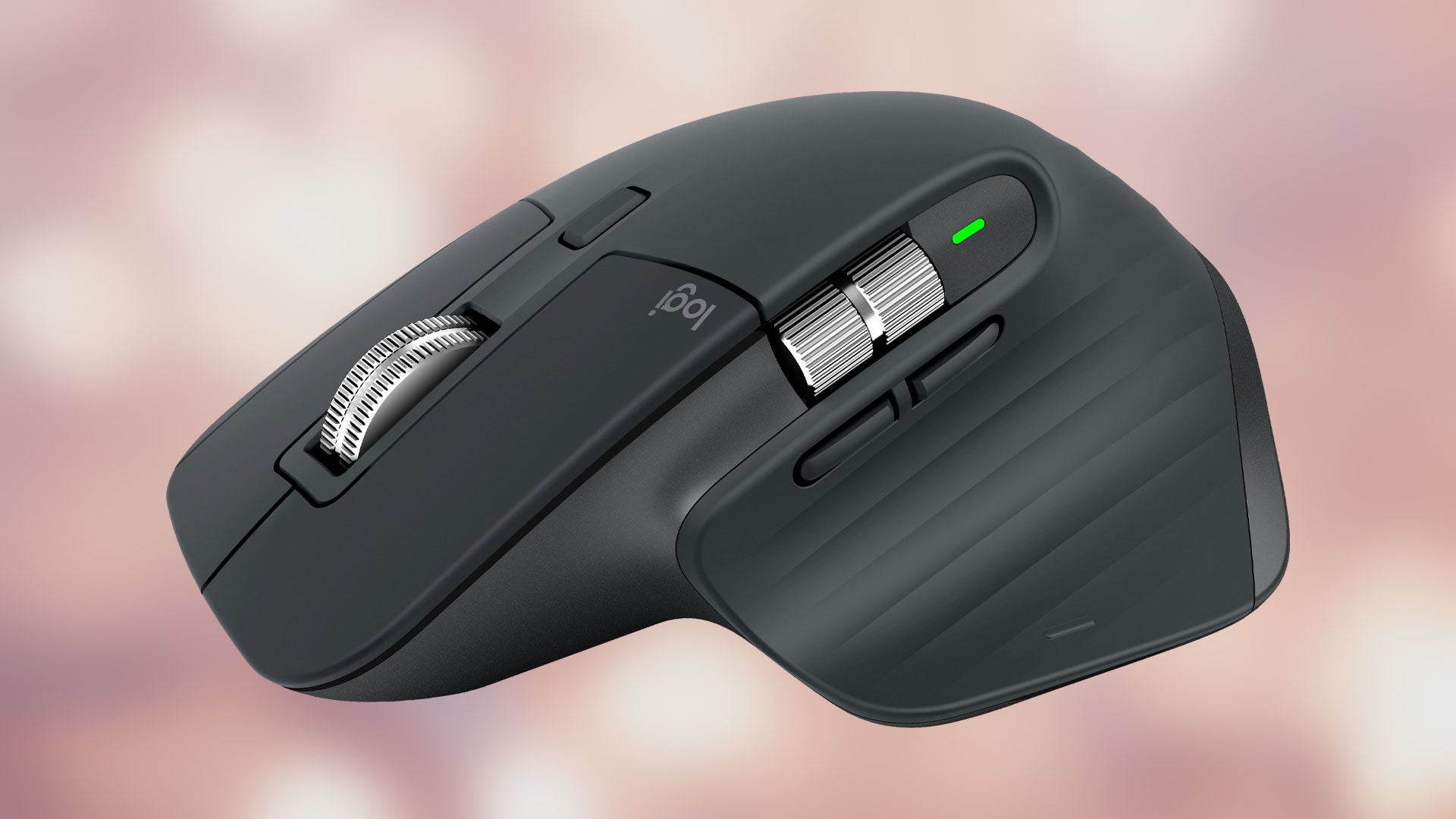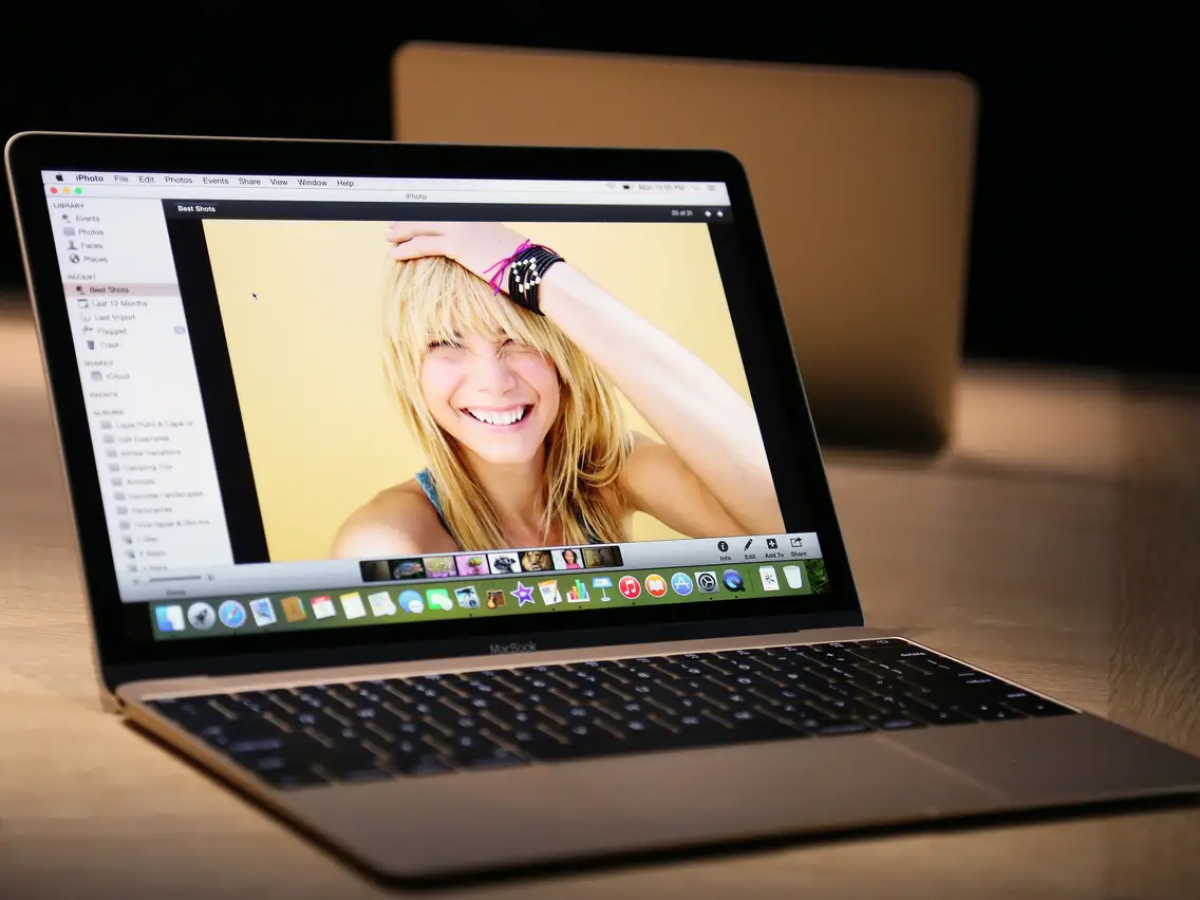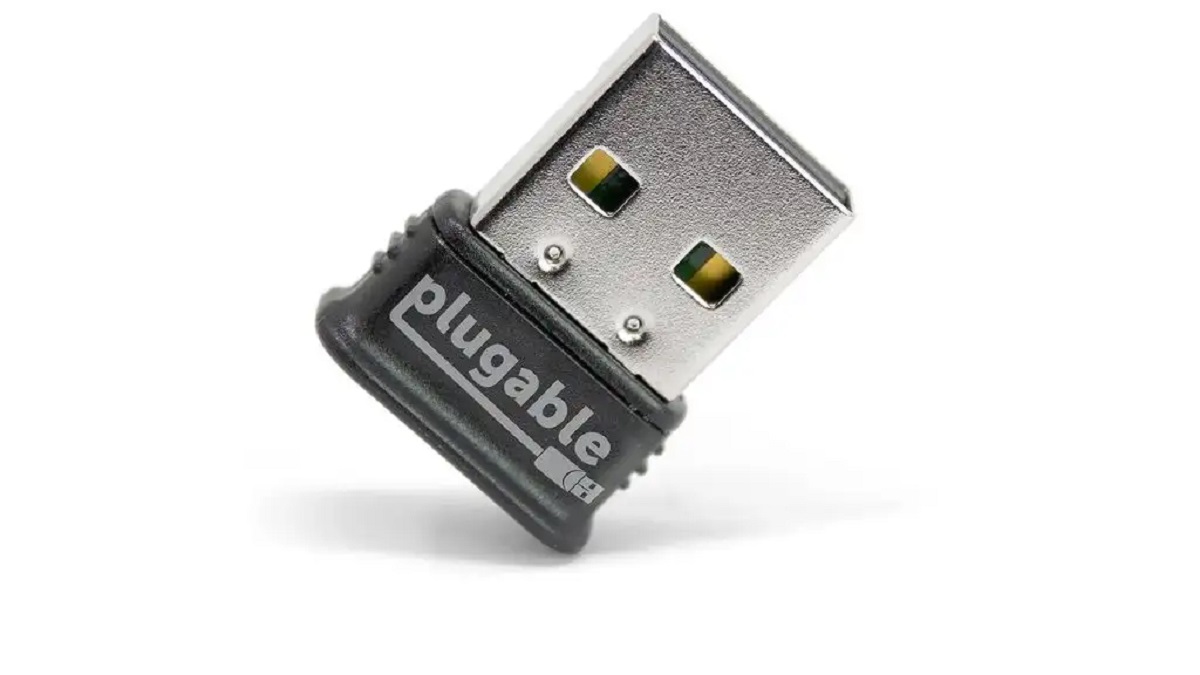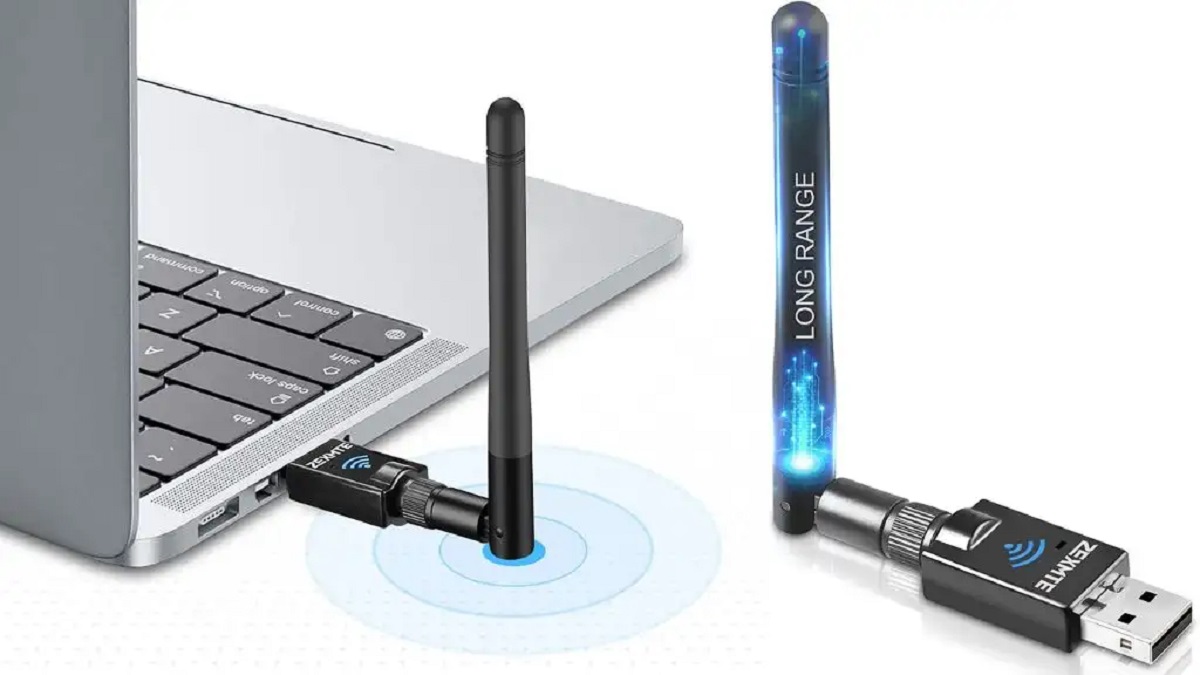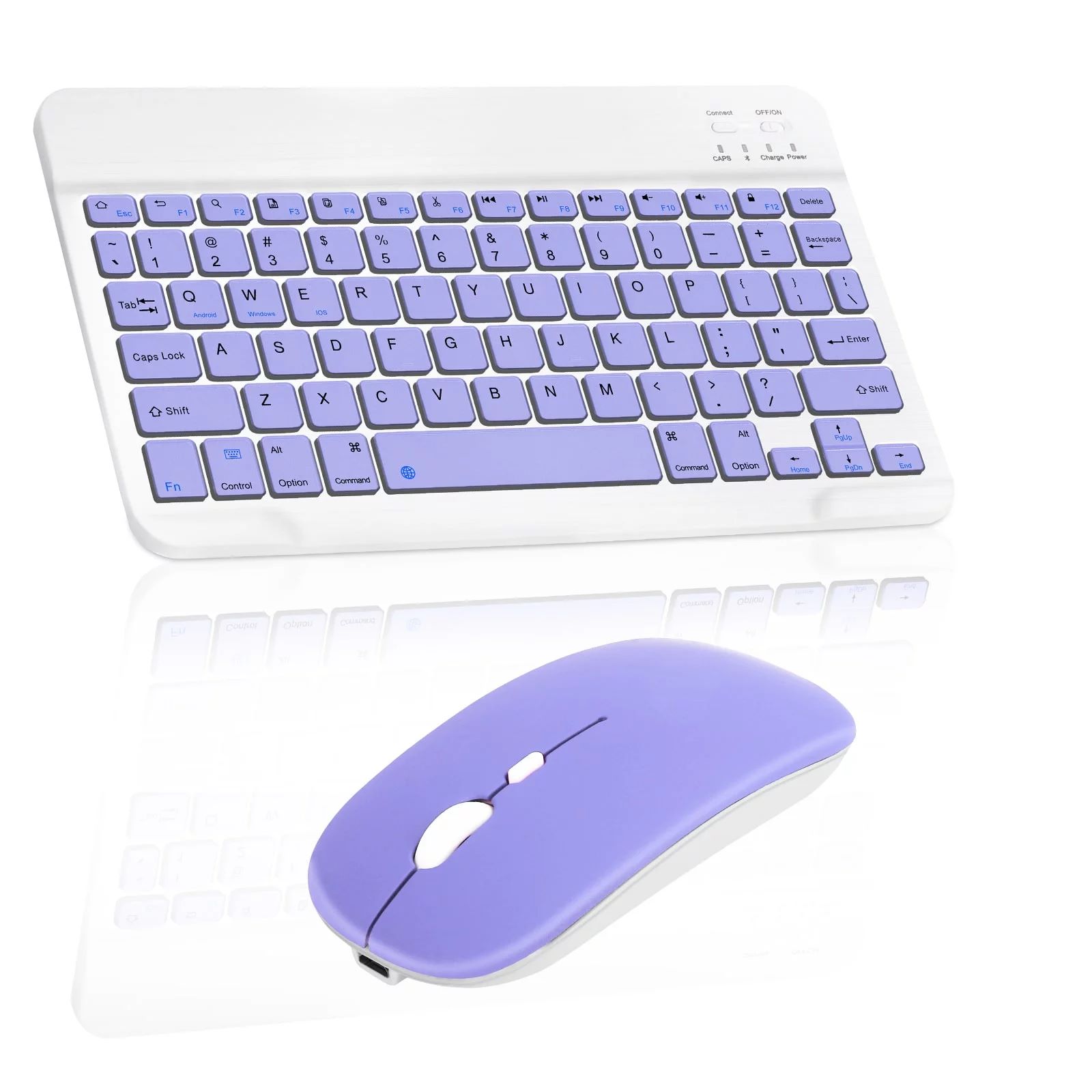Introduction
Bluetooth technology is a convenient and widely used feature on Mac computers that allows for wireless connectivity with various devices such as keyboards, mice, speakers, headphones, and more. However, it can be frustrating when your Bluetooth suddenly stops working, leaving you unable to connect to your favorite devices.
If you’re experiencing issues with your Bluetooth connection on your Mac, there are several troubleshooting steps you can take to try and resolve the problem. This article will guide you through some of the common methods to get your Bluetooth up and running again.
Before diving into the troubleshooting steps, it’s important to understand that Bluetooth connectivity problems can have various causes. It could be an issue with your Mac’s software, hardware, or even interference from other devices. By following the steps outlined in this article, you can systematically identify and resolve the issue.
Keep in mind that the following troubleshooting steps are general recommendations and may not solve every Bluetooth-related issue. However, they have been found to be effective in most cases. So, let’s get started and try to get your Bluetooth back on track!
Restarting your Mac
One of the simplest and most effective troubleshooting steps you can take when experiencing Bluetooth connectivity issues on your Mac is to restart your computer. It may seem like a basic solution, but often a simple restart can fix various software-related problems, including Bluetooth connectivity issues.
To restart your Mac, follow these steps:
- Click on the Apple menu in the top left corner of your screen.
- Select the “Restart” option from the drop-down menu.
- Wait for your Mac to shut down and restart.
Once your Mac has restarted, try connecting your Bluetooth device again and see if the issue has been resolved. In many cases, a simple restart can refresh your Mac’s Bluetooth settings and resolve any temporary glitches that may have been causing the problem.
If restarting your Mac doesn’t solve the Bluetooth connectivity problem, don’t worry. There are several other troubleshooting steps you can try to get your Bluetooth working again. Let’s move on to the next method!
Checking Bluetooth settings
When troubleshooting Bluetooth connectivity issues on your Mac, it’s essential to ensure that your Bluetooth settings are properly configured. Incorrect settings or toggles could be the root cause of the problem. Here’s how you can check your Bluetooth settings:
- Click on the Apple menu in the top left corner of your screen.
- Select “System Preferences” from the drop-down menu.
- In the System Preferences window, locate and click on the “Bluetooth” icon.
- Make sure the “Bluetooth” option is turned on. If it’s not, toggle the switch to enable it.
- Check the “Discoverable” option. If it’s disabled, enable it to allow your Mac to be discoverable by other Bluetooth devices.
- Verify that your Bluetooth device is in pairing mode. This may require pressing a specific button or following a set of instructions provided by the device’s manufacturer.
- In the “Devices” tab, check if your Bluetooth device appears in the list. If it’s not listed, click on the “+” button to add it manually.
- If your device appears in the list, click on it and select the option to connect or pair it with your Mac.
By ensuring that your Bluetooth settings are correctly configured, you can eliminate any potential issues caused by incorrect settings. Once you’ve verified the settings, attempt to reconnect your Bluetooth device and see if the problem persists.
If checking and adjusting the Bluetooth settings didn’t resolve the issue, don’t worry. There are still additional troubleshooting steps we can take to get your Bluetooth working properly. Let’s move on to the next method!
Resetting Bluetooth module
If you’re still experiencing Bluetooth connectivity issues on your Mac after checking the settings, resetting the Bluetooth module can often help resolve the problem. This process will clear any corrupted settings or cache that may be hindering the proper functioning of Bluetooth. Here’s how you can reset the Bluetooth module:
- Click on the Apple menu in the top left corner of your screen.
- Select “System Preferences” from the drop-down menu.
- In the System Preferences window, locate and click on the “Bluetooth” icon.
- Press and hold the “Shift” and “Option/Alt” keys on your keyboard at the same time.
- While holding the keys, click on the Bluetooth menu in the menu bar at the top of the screen.
- A drop-down menu will appear. Select the “Debug” option.
- In the sub-menu, choose the “Reset the Bluetooth module” option.
- Confirm the action when prompted.
Once you’ve reset the Bluetooth module, restart your Mac again and try connecting your Bluetooth device to check if the problem has been resolved. This process should clear any corrupted settings and restore Bluetooth functionality on your Mac.
If resetting the Bluetooth module didn’t fix the issue, there are still other troubleshooting steps to explore. Let’s move on to the next method!
Updating macOS and Bluetooth firmware
Outdated software can sometimes cause compatibility issues, including problems with Bluetooth connectivity. Therefore, it’s important to ensure that your macOS is up to date and that your Bluetooth firmware is updated. Here’s how you can check for updates and ensure your system is running the latest software:
- Click on the Apple menu in the top left corner of your screen.
- Select “System Preferences” from the drop-down menu.
- In the System Preferences window, click on “Software Update.”
- Check for any available updates for your macOS. If any updates are available, click on the “Update Now” button to install them.
- Once you’ve updated your macOS, it’s also important to update the firmware for your Bluetooth device if possible. Refer to the device’s user manual or manufacturer’s website for instructions on how to update the firmware.
Updating your macOS and Bluetooth firmware can often address any compatibility issues and improve the overall functionality of Bluetooth on your Mac. After updating, try reconnecting your Bluetooth device and see if the problem is resolved.
If updating your macOS and Bluetooth firmware didn’t fix the issue, don’t worry. There are still additional troubleshooting steps we can take to get your Bluetooth working properly. Let’s move on to the next method!
Checking for interference
In some cases, Bluetooth connectivity issues can be caused by interference from other devices. Other electronic devices, such as Wi-Fi routers, cordless phones, or even microwave ovens, can emit signals that interfere with the Bluetooth connection. Here are some steps you can take to check for and minimize interference:
- Ensure that your Mac is positioned close to your Bluetooth device. Sometimes, the distance between the two can affect the strength and stability of the connection.
- Move your Bluetooth device and your Mac away from other electronic devices that may cause interference.
- If you have wireless devices, such as Wi-Fi routers or cordless phones, try relocating them or changing their channels to minimize overlap with the Bluetooth frequency.
- Power off any nearby electronic devices that may be causing interference and see if that resolves the issue.
- Switch off and on the Bluetooth feature on your Mac to reset the connection and establish a fresh connection.
By checking for and minimizing interference, you can significantly improve the strength and stability of your Bluetooth connection. This step is especially crucial if you notice the connection dropping or experiencing intermittent issues.
If checking for interference didn’t solve the Bluetooth connectivity problem, there are still other troubleshooting steps you can try. Let’s move on to the next method!
Unpairing and re-pairing devices
If you’re still facing Bluetooth connectivity issues on your Mac, unpairing and re-pairing your device can help establish a fresh and stable connection. This process will remove the existing Bluetooth connection and set it up again from scratch. Follow these steps to unpair and re-pair your Bluetooth device:
- Open “System Preferences” on your Mac by clicking on the Apple menu and selecting the option from the drop-down menu.
- Click on the “Bluetooth” icon in the System Preferences window.
- In the devices list, locate the Bluetooth device that’s experiencing connectivity issues.
- Right-click (or control-click) on the device and select the “Disconnect” or “Remove” option.
- Confirm the action if prompted.
- Once the device is disconnected, turn off Bluetooth on both your Mac and the device itself.
- After a few seconds, turn on Bluetooth on both devices again.
- Put your Bluetooth device into pairing mode, following the instructions provided by the manufacturer.
- On your Mac, go back to the Bluetooth preferences window and click on the “+” button to add a new device.
- Select your Bluetooth device from the available devices list.
- Follow any additional prompts to complete the pairing process.
By unpairing and re-pairing your Bluetooth device, you can establish a fresh connection, potentially resolving any issues that may have been present with the previous pairing. Once the devices are successfully paired, test the Bluetooth connection and see if the problem has been resolved.
If unpairing and re-pairing your devices didn’t fix the issue, don’t worry. There are still additional troubleshooting steps we can take to get your Bluetooth working properly. Let’s move on to the next method!
Resetting NVRAM
Resetting the NVRAM (non-volatile random-access memory) can help resolve Bluetooth connectivity issues on your Mac. NVRAM stores certain settings, including those related to Bluetooth, and resetting it can clear out any corrupted or conflicting data. Here’s how you can reset the NVRAM:
- Shut down your Mac completely.
- Press the power button to turn on your Mac.
- Immediately press and hold the following keys: Command (⌘), Option, P, and R.
- Keep holding the keys for about 20 seconds, until your Mac restarts and you hear the startup sound for the second time.
- Release the keys and let your Mac boot up normally.
After resetting the NVRAM, your Mac’s Bluetooth settings will be restored to default values. This can help eliminate any issues that may have been caused by incorrect or conflicting settings. Attempt to reconnect your Bluetooth device and check if the problem has been resolved.
If resetting the NVRAM didn’t fix the issue, there are still additional troubleshooting steps we can take. Let’s move on to the next method!
Resetting SMC
If you’re still experiencing Bluetooth connectivity issues on your Mac, resetting the System Management Controller (SMC) can often help resolve the problem. The SMC is responsible for managing various hardware components, including Bluetooth functionality. Resetting it can clear any hardware-related issues that may be affecting Bluetooth. Here’s how you can reset the SMC:
- Shut down your Mac completely.
- Disconnect the power adapter from your Mac.
- If your Mac has a removable battery, remove it from the device.
- Press and hold the power button for at least 10 seconds.
- Release the power button and reconnect the power adapter (if applicable).
- If you removed the battery, reinsert it into your Mac.
- Press the power button to turn on your Mac.
After resetting the SMC, your Mac’s hardware settings will be recalibrated, potentially resolving any underlying issues that may have been affecting Bluetooth connectivity. Attempt to reconnect your Bluetooth device and check if the problem has been resolved.
If resetting the SMC didn’t fix the issue, there are still additional troubleshooting steps we can take. Let’s move on to the next method!
Contacting Apple Support
If you’ve tried all the troubleshooting steps outlined above and you’re still experiencing Bluetooth connectivity issues on your Mac, it may be time to reach out to Apple Support for further assistance. Apple’s support team can provide expert guidance and help diagnose any underlying hardware or software problems that may be causing the issue.
Before contacting Apple Support, here are a few things you can gather that may be helpful during the troubleshooting process:
- Record any error messages or specific details about the issue you’re facing.
- Make a note of the steps you’ve already taken to troubleshoot the problem.
- Ensure that your Mac is running the latest version of macOS and that all relevant updates have been installed.
There are multiple ways to reach out to Apple Support, including:
- Visiting the Apple Support website and starting a live chat or scheduling a phone call.
- Booking an appointment with a Genius at an Apple Store or authorized service provider.
- Calling Apple Support directly for assistance.
Remember to provide all the necessary details and explain the steps you’ve already taken to troubleshoot the Bluetooth issue. The Apple Support team will guide you through further troubleshooting steps or provide options for hardware repairs if necessary.
Contacting Apple Support can ensure that you receive personalized assistance tailored to your specific situation. Don’t hesitate to reach out for help if you’re unable to resolve the Bluetooth connectivity problem on your own.







